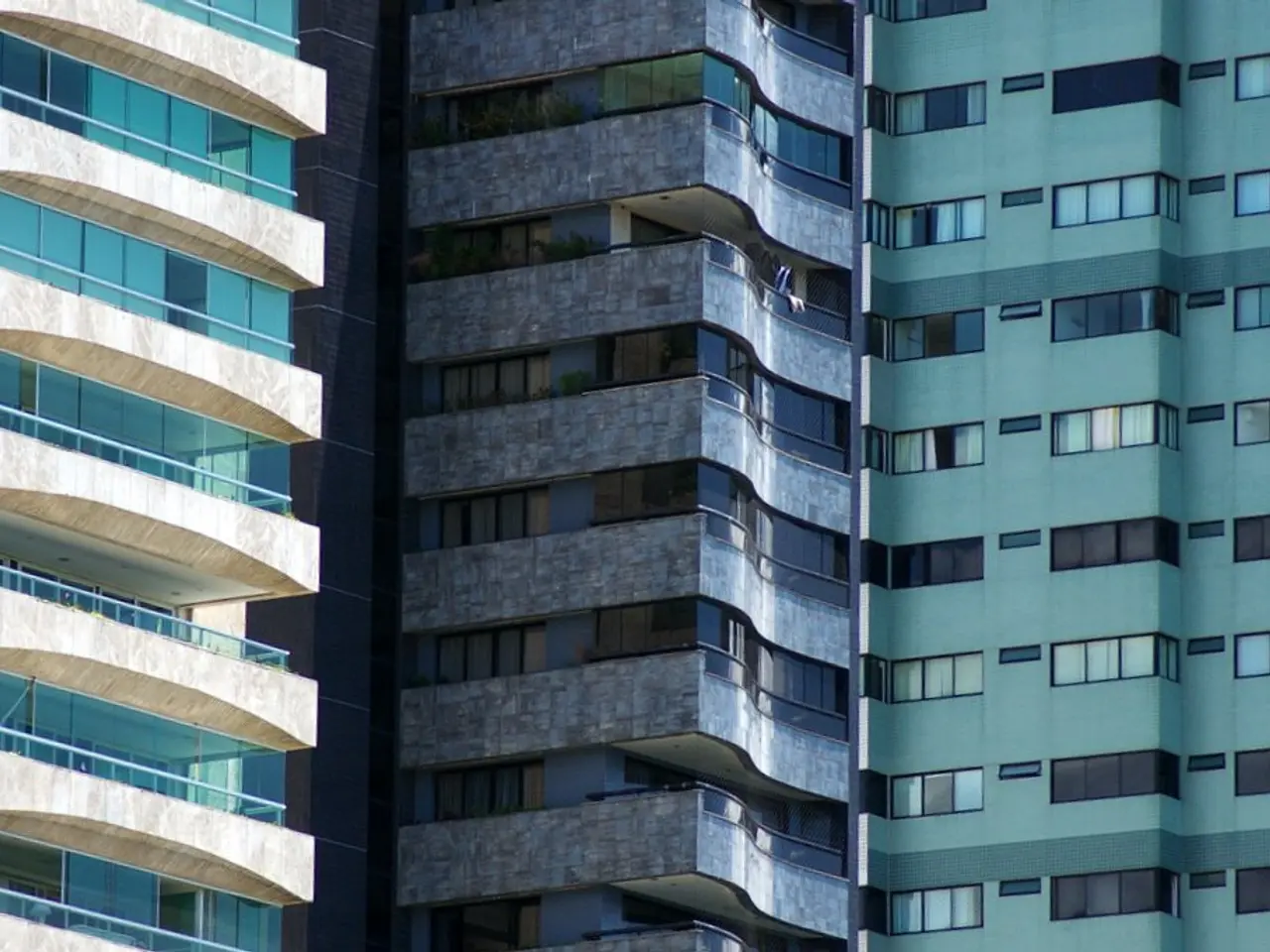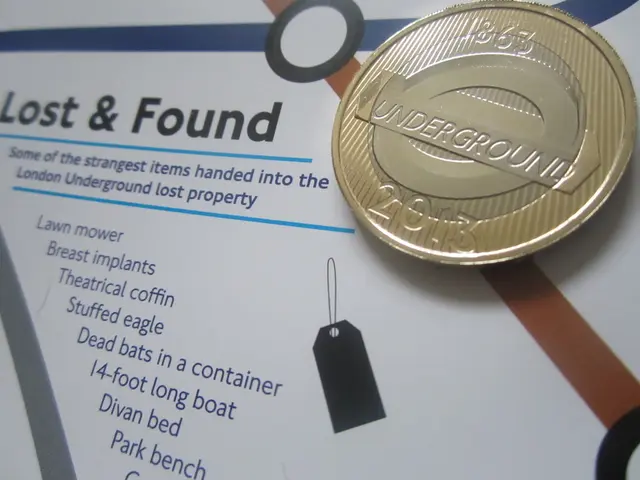Commercial building sector grapples with inadequate insurance coverage
The issue of underinsurance in UK properties has been a major concern for property insurers, with the problem being exacerbated by spiraling material costs and a lack of skills. A new report by RebuildCostAssessment, titled 'Energy efficiency retrofits, rebuild costs, and underinsurance', reveals that energy efficiency upgrades are driving up rebuild costs, widening the underinsurance gap.
The report highlights that energy efficiency retrofits significantly increase rebuild costs, contributing to underinsurance risks for UK properties. For instance, a £600,000 commercial property rebuilt to comply with new energy and building standards might cost an additional £18,000, which would not be covered if insurance is based on pre-retrofit rebuild values.
The UK's estimated 29 million homes need extensive retrofitting to achieve Net Zero by 2050, implying widespread cost implications for residential properties too. These retrofit-driven cost increases risk leaving many property owners underinsured unless rebuild valuations are adjusted upward to account for energy efficiency upgrades.
The report emphasizes that sustainable retrofit measures significantly increase material and construction expenses, reinforcing the need for updated insurance valuations. Research shows that while retrofitting and rebuilding for energy efficiency reduce emissions, they can triple material use and construction costs.
Nick Turner, Head of Surveying at Woodgate & Clark, urges insurance professionals and loss adjusters to work together to tackle underinsurance. He suggests that brokers can play a vital role in ensuring that property owners do not fall into the underinsurance trap as new energy efficiency deadlines approach, particularly in Scotland, resulting in thousands of properties undergoing upgrades that could significantly alter their rebuild value.
The misconception that buildings cover is directly related to the market value of the property is common. However, it's the rebuild costs, not the market value, that should be considered for insurance purposes. Currently, 76% of all UK buildings are underinsured, which equates to 7-8 out of every ten buildings, widening the underinsurance gap even further.
The report 'Energy efficiency retrofits, rebuild costs, and underinsurance' can be accessed via www.rebuildcostassessment.com/technical-insight/energy-efficiency-properties-underinsurance. It's crucial for property owners and insurers to address this issue to avoid an underinsurance time bomb being created for many property owners.
- The new report by RebuildCostAssessment, 'Energy efficiency retrofits, rebuild costs, and underinsurance', suggests that insurance professionals and loss adjusters need to collaborate to tackle underinsurance, as brokers can help ensure property owners do not become underinsured as new energy efficiency deadlines approach, particularly in Scotland.
- According to the report, sustainable retrofit measures significantly increase material and construction expenses, reinforcing the need for updated insurance valuations, as these measures can triple material use and construction costs, while still reducing emissions.
- The underinsurance issue in UK properties, exacerbated by spiraling material costs and a lack of skills, is further widened by the fact that energy efficiency upgrades significantly increase rebuild costs, causing many properties to be underinsured, with 76% of all UK buildings currently underinsured according to the report.




